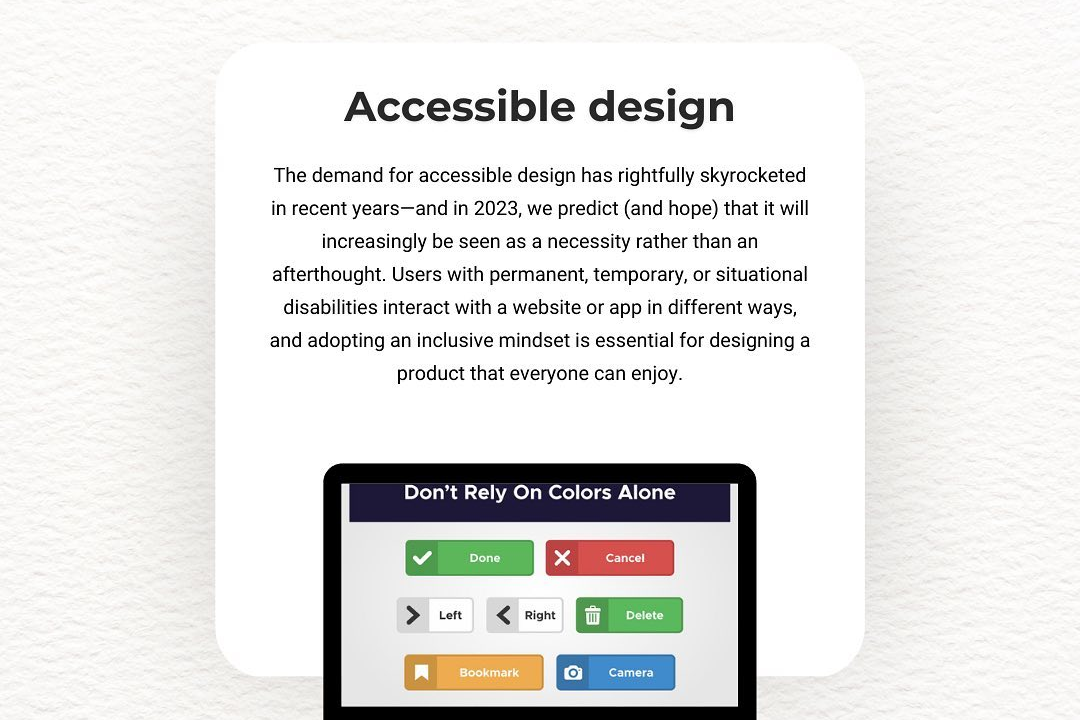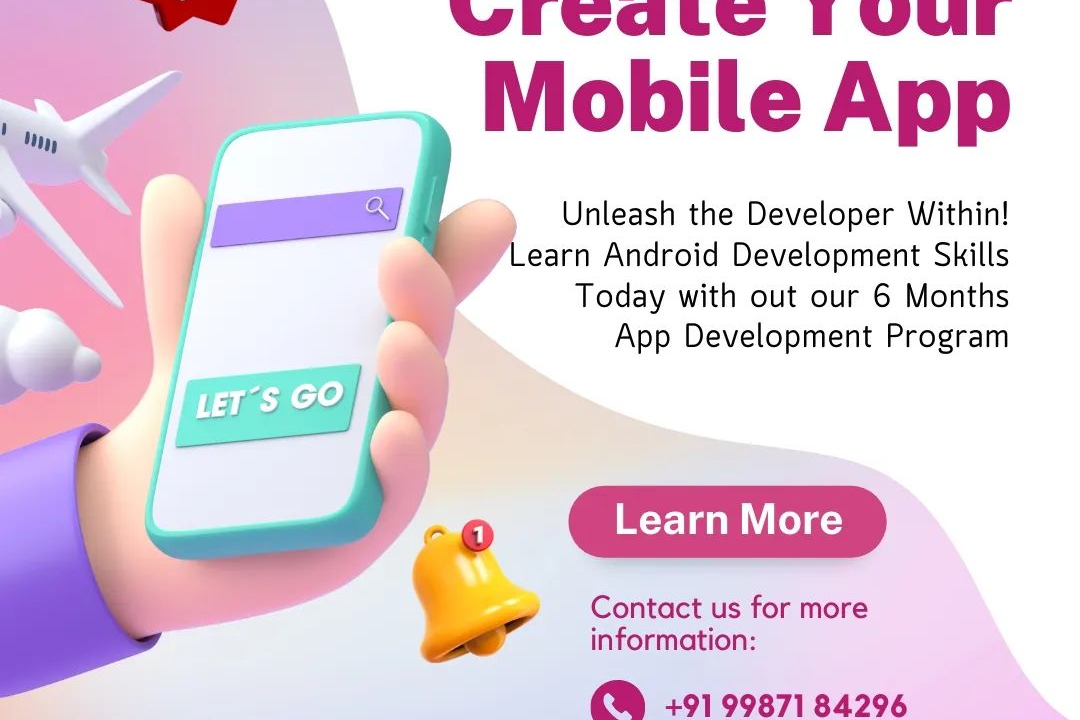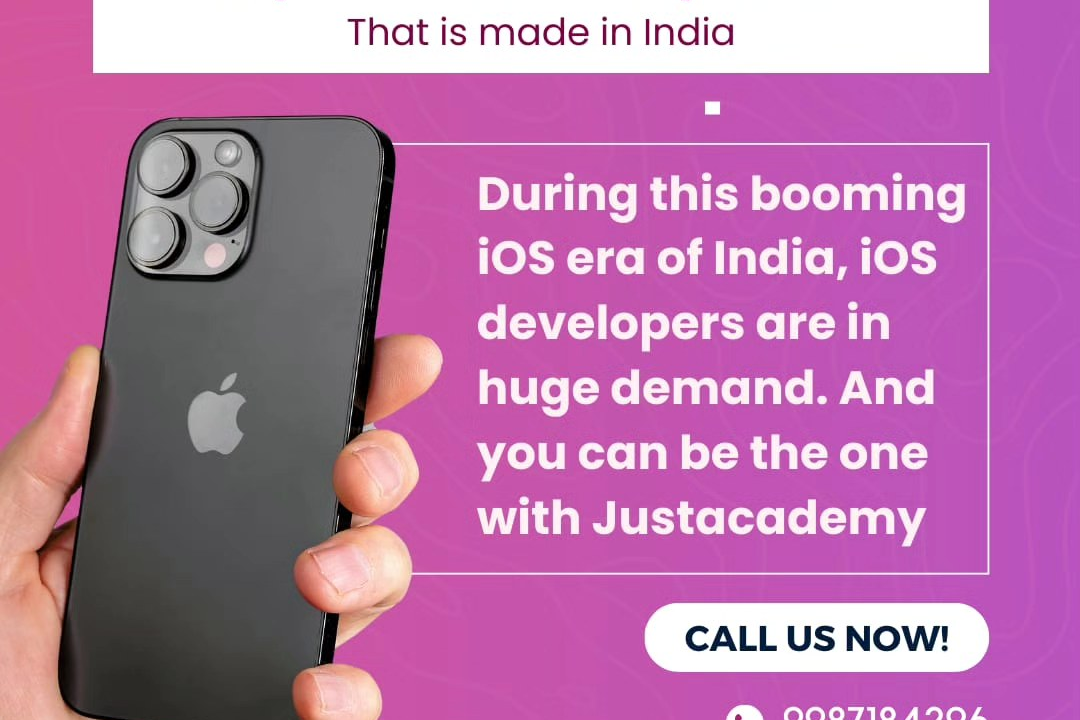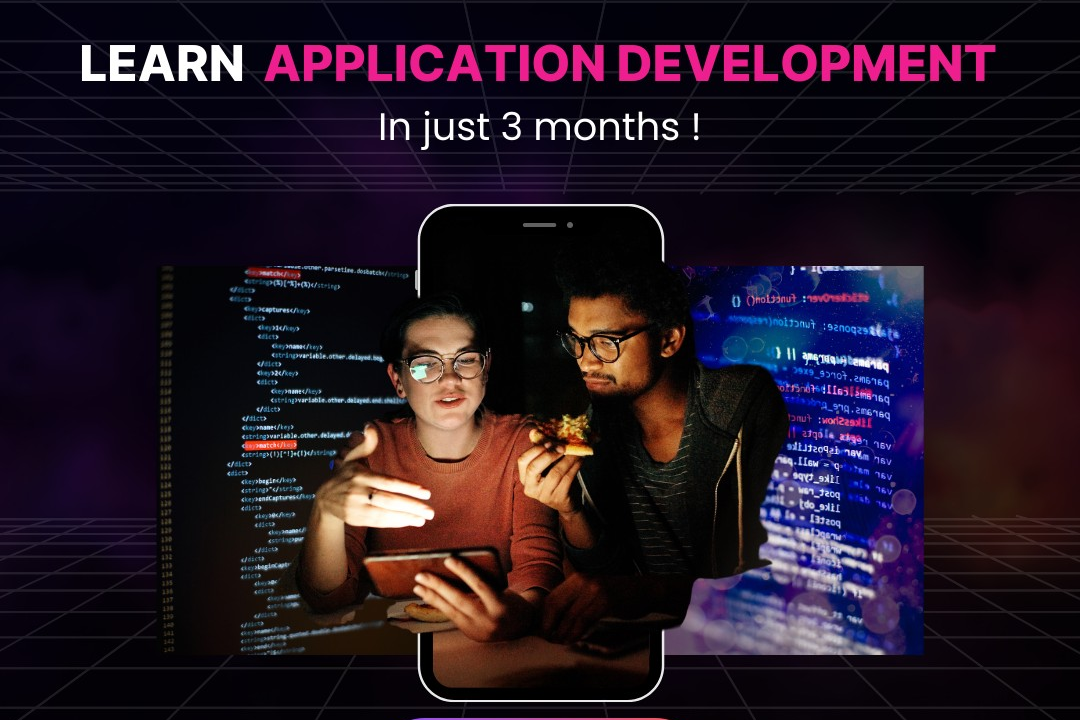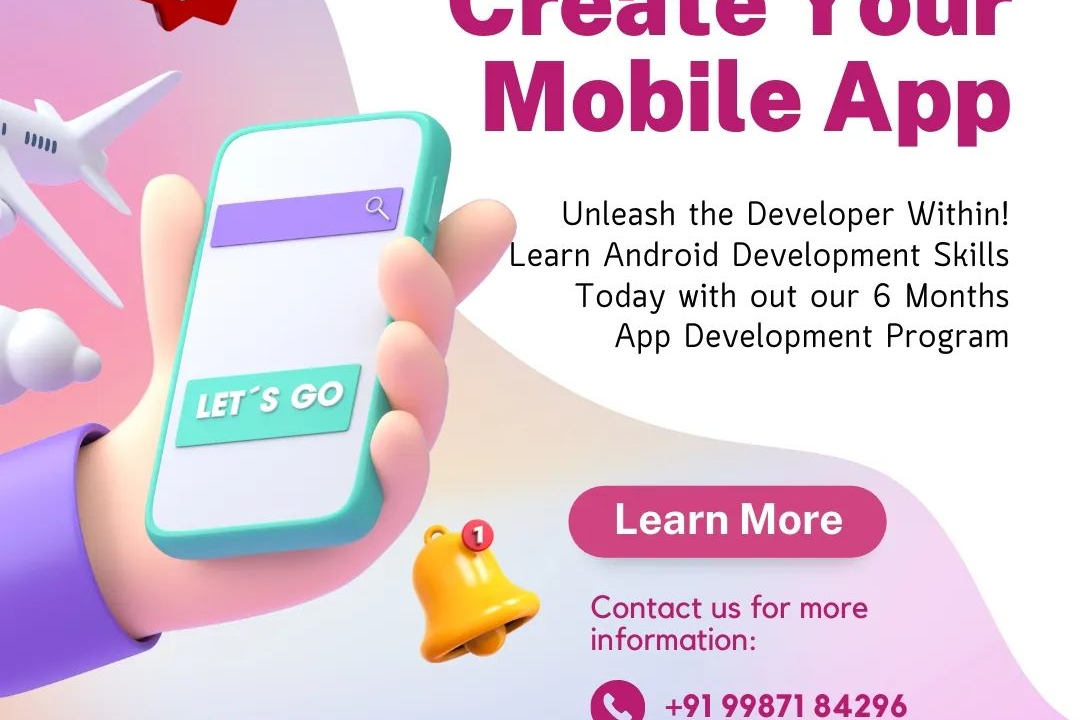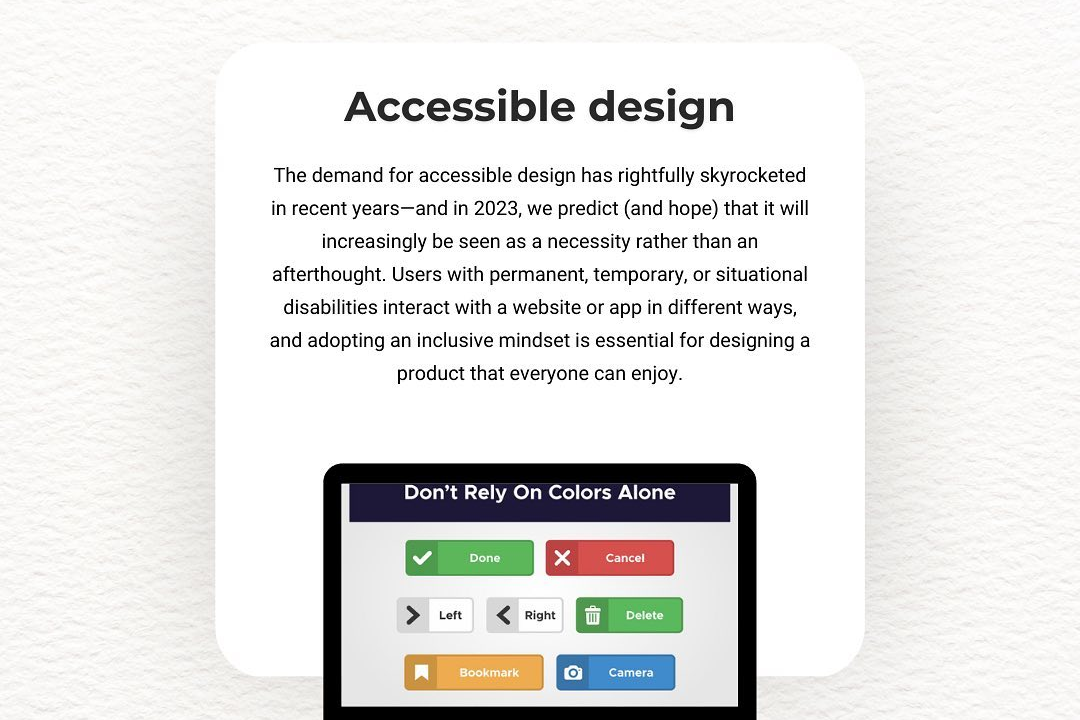Blocks Ios Objective C Interview Questions
Essential Objective-C Interview Questions on Blocks for iOS Developers
Blocks Ios Objective C Interview Questions
In iOS development, blocks are a powerful feature in Objective-C that provide a way to encapsulate a segment of code and execute it later. They are essentially anonymous functions or closures that allow developers to create callback mechanisms, manage asynchronous operations, and handle events in a more organized manner. Understanding blocks is crucial for iOS developers as they are widely used in modern APIs, particularly for handling delegates, completion handlers, and animations. Mastering blocks not only enhances the efficiency of code but also improves code readability and maintainability, making it an essential topic in Objective-C interviews for candidates seeking to demonstrate their expertise in Apple's development ecosystem.
To Download Our Brochure: https://www.justacademy.co/download-brochure-for-free
Message us for more information: +91 9987184296
1 - What is a block in Objective C?
A block in Objective C is a chunk of code that can be stored in a variable and executed later. It is similar to a closure in other programming languages and can capture and store references to variables from its surrounding context.
2) How do you declare a block in Objective C?
A block is declared using the caret (^) symbol. For example, to declare a block that takes two integers and returns an integer: `typedef int (^ArithmeticBlock)(int, int);`.
3) How do you call a block?
To call a block, you use the block variable followed by parentheses including arguments, like so: `int result = myBlock(5, 3);`.
4) What is the syntax for defining a block?
The syntax for defining a block is: `returnType (^blockName)(parameterTypes) = ^returnType(parameterList) { code };`. For example, `void (^printMessage)(void) = ^{ NSLog(@"Hello, World!"); };`.
5) What is the difference between a block and a method?
Blocks are more flexible than methods as they can be passed around like variables, captured context, and executed multiple times whereas methods are tied to the instances of classes and are executed within the scope of an object.
6) How do blocks handle memory management?
Blocks capture and retain the variables they reference, which can lead to retain cycles if a block captures `self` in an instance method. To avoid this, use a weak reference to `self` within the block.
7) What is a block copy?
When a block is created, it is initially placed on the stack. To ensure it stays in memory when passed to another function or assigned to another object, it must be copied to the heap using the `copy` method, typically done automatically when used as a property of an object.
8) Explain the use of the `__weak` and `__strong` qualifiers.
These qualifiers help manage memory for blocks. `__weak` creates a weak reference to an object, preventing strong reference cycles, while `__strong` creates a strong reference, keeping the object in memory as long as it is needed.
9) What is a block property?
A block property is a property that is typed as a block. For example, `@property (nonatomic, copy) void (^completionHandler)(NSString *result);` allows storing and executing a block passed to an object.
10) How do you pass a block as a parameter to a method?
You define a method parameter with the block type, like this: ` (void)performOperationWithCompletion:(void (^)(BOOL success))completion;`, and then call the block inside the method implementation.
11 - Can blocks capture variables from their surrounding scope?
Yes, blocks can capture and retain variables from their surrounding lexical scope when they are created. This allows them to access and even modify those variables during execution.
12) What are the advantages of using blocks?
Blocks provide better organization of code, reduce the number of delegate methods, simplify asynchronous programming, and enable functional programming patterns in Objective C.
13) What are some common use cases for blocks in iOS development?
Common use cases include completion handlers for asynchronous network requests, handling user interface updates or animations, and callbacks for events like button taps or gesture recognitions.
14) How do you implement block based animations?
You can use blocks with Core Animation methods. For instance, `UIView animateWithDuration:animations:` uses a block to specify the animation changes, making setup straightforward and readable.
15) What are the differences between Blocks and Delegates?
Blocks are inline, can be defined at the point of invocation and are easier to manage for short lived use, while delegates require more boilerplate code, use protocol methods, and are more suitable for long lived interactions or passing state changes.
16) How do you use blocks with GCD (Grand Central Dispatch)?
Blocks are heavily utilized with GCD for executing tasks asynchronously. You can dispatch a block to a global concurrent queue using the following syntax: `dispatch_async(dispatch_get_global_queue(DISPATCH_QUEUE_PRIORITY_DEFAULT, 0), ^{ /* Code to be executed */ });`.
17) Can blocks be nested within each other?
Yes, blocks can be nested, allowing you to define a block inside another block. This can be useful for creating complex operations where a block needs to call another block upon completion.
18) What is a returning block?
A returning block is a block that returns another block. For example, `returnType (^returningBlock(parameterTypes))(parameterTypes)` defines a block that returns a block of the specified type, enabling the ability to create factories or configurators.
19) How does ARC (Automatic Reference Counting) manage blocks?
Under ARC, blocks automatically handle memory management for captured objects, retaining them while the block is in use. However, if a block captures `self`, care must be taken to avoid retain cycles using weak references.
20) Describe the implicit copying of blocks.
When a block is assigned to a property with the `copy` attribute, the block is copied from the stack to the heap, ensuring it remains valid beyond the scope in which it was created. This is crucial because stack memory can be deallocated once the calling method returns.
21 - What happens if a block is called after the context it captured has been deallocated?
If a block is called after its captured context is deallocated, it can lead to crashes or undefined behavior because the block would reference invalid memory. It’s important to manage the lifecycle of captured objects properly to avoid this scenario.
22) What are trailing closures in Objective C?
While trailing closures are more common in Swift, blocks in Objective C can mimic this pattern. This is achieved by omitting parentheses when passing a block as the last argument to a method, enhancing readability.
23) How do you use blocks for sorting arrays?
You can use blocks in methods like `sortedArrayUsingComparator:` to provide a custom sorting logic. For example:
objective c
NSArray *sortedArray = [myArray sortedArrayUsingComparator:^NSComparisonResult(id obj1, id obj2) {
return [obj1 compare:obj2];
}];
24) Explain block syntax for return types.
When defining block types, the return type must be specified before the caret (^) followed by the block name and parameter types. For example:
objective c
typedef NSString *(^StringReturnBlock)(NSInteger);
25) How do you avoid retain cycles when using blocks?
Retain cycles can be avoided by declaring a weak reference within the block using `__weak` or `__unsafe_unretained`. For example:
objective c
__weak typeof(self) weakSelf = self;
void (^myBlock)(void) = ^{
[weakSelf someMethod];
};
26) How do you handle errors with blocks?
You can define a block to handle errors similarly to completion handlers. For instance, you can pass an error object as a parameter to a completion block that indicates whether an operation was successful or the reason for failure.
27) What is the purpose of a dispatch group with blocks?
Dispatch groups allow you to group multiple tasks and be notified when they've all completed. You can enter a group before initiating a task and leave it once finished, making it easier to execute a block when all tasks are done.
28) Can you replace delegate methods with blocks?
In many scenarios, block based callbacks can replace delegate methods, simplifying the code and reducing the need for multiple delegate methods. This is especially useful for simple callbacks.
29) What is the difference between a block and a function pointer?
A function pointer points to a specific function and does not capture its surrounding context, whereas blocks can capture local variables and access them even after their original scope has ended.
30) How are blocks used in UITableView and UICollectionView?
Blocks can simplify data source and delegate configurations in UITableView and UICollectionView. Instead of defining separate delegate methods, you can use blocks to handle actions like cell selection or item rendering, creating cleaner and more concise code.
31 - How would you implement a simple asynchronous operation using blocks?
You can create a method that accepts a block parameter for completion. For instance:
objective c
(void)fetchDataWithCompletion:(void (^)(NSData data, NSError error))completion {
dispatch_async(dispatch_get_global_queue(DISPATCH_QUEUE_PRIORITY_DEFAULT, 0), ^{
NSData *data = …; // Data fetching logic
dispatch_async(dispatch_get_main_queue(), ^{
if (completion) {
completion(data, nil);
}
});
});
}
32) Can blocks be used to encapsulate behavior?
Yes, blocks can encapsulate behavior by allowing you to define the functionality that is executed in a particular context. This is particularly beneficial for reusable components or APIs, enhancing modularity and readability.
These additional points can help broaden the understanding and application of blocks in Objective C, providing more in depth knowledge for developers looking to leverage blocks effectively in their coding practices.
Course Overview
The “Blocks iOS Objective-C Interview Questions” course is designed to equip learners with a comprehensive understanding of blocks in Objective-C, which are crucial for iOS development and often featured in technical interviews. This course covers a wide range of topics, including the definition and syntax of blocks, memory management with ARC, utilizing blocks for asynchronous operations, and practical applications such as sorting data and handling delegation. Through real-time projects and hands-on exercises, participants will hone their skills in using blocks effectively, preparing them for interviews and enhancing their overall expertise in iOS app development with Objective-C. By the end of the course, attendees will be well-prepared to tackle common interview questions related to blocks and demonstrate their knowledge with confidence.
Course Description
The “Blocks iOS Objective-C Interview Questions” course offers an in-depth exploration of blocks in Objective-C, a powerful feature essential for iOS development. This course provides learners with a thorough understanding of the syntax, use cases, and best practices associated with blocks, including how they relate to memory management and asynchronous programming. Participants will engage in real-time projects that simulate common scenarios, enhancing their ability to effectively implement blocks in various contexts. With a focus on preparing for technical interviews, the course also covers frequently asked questions and problem-solving strategies, ensuring that learners are well-equipped to demonstrate their proficiency and tackle challenges confidently. By completion, students will not only solidify their knowledge of blocks but also boost their overall readiness for iOS development roles.
Key Features
1 - Comprehensive Tool Coverage: Provides hands-on training with a range of industry-standard testing tools, including Selenium, JIRA, LoadRunner, and TestRail.
2) Practical Exercises: Features real-world exercises and case studies to apply tools in various testing scenarios.
3) Interactive Learning: Includes interactive sessions with industry experts for personalized feedback and guidance.
4) Detailed Tutorials: Offers extensive tutorials and documentation on tool functionalities and best practices.
5) Advanced Techniques: Covers both fundamental and advanced techniques for using testing tools effectively.
6) Data Visualization: Integrates tools for visualizing test metrics and results, enhancing data interpretation and decision-making.
7) Tool Integration: Teaches how to integrate testing tools into the software development lifecycle for streamlined workflows.
8) Project-Based Learning: Focuses on project-based learning to build practical skills and create a portfolio of completed tasks.
9) Career Support: Provides resources and support for applying learned skills to real-world job scenarios, including resume building and interview preparation.
10) Up-to-Date Content: Ensures that course materials reflect the latest industry standards and tool updates.
Benefits of taking our course
Functional Tools
1 - Xcode: Xcode is the primary integrated development environment (IDE) used for iOS development. It provides a comprehensive set of tools for creating applications, including code editing, debugging, and Interface Builder for designing user interfaces. In this course, students will learn how to utilize Xcode's features to write, debug, and optimize code involving blocks, facilitating an interactive development experience that mirrors real world situations.
2) Simulator: The iOS Simulator is an essential tool that allows students to test their applications in a controlled environment without needing actual devices. This tool is integrated within Xcode and enables learners to run their block based applications on various simulated hardware configurations. This flexibility is critical for understanding how blocks function in different contexts and ensuring application compatibility across devices.
3) Cocoa Touch Framework: This framework is vital for building iOS applications and provides the necessary components for UI development and event handling. Within the course, students will explore how blocks fit into the Cocoa Touch framework, particularly in handling events and managing the response of UI elements. Understanding Cocoa Touch principles is crucial for effective iOS programming, making this a key component of the training.
4) Git: Version control is an essential skill for any developer, and Git serves as the industry standard for tracking code changes and collaborating with others. In the course, students will learn how to use Git to manage their projects, allowing them to experiment with block implementations while keeping their code organized. Mastering Git not only enhances collaboration skills but also prepares students for professional environments where team oriented development is common.
5) Debugging Tools: Effective debugging is vital for successful app development, and Xcode provides a rich set of debugging tools that facilitate the identification and resolution of issues within block based code. Students will learn how to leverage breakpoints, the console, and memory analysis tools to troubleshoot their applications. This hands on experience will cultivate a deep understanding of debugging processes and improve overall coding proficiency.
6) Documentation and Resources: Access to comprehensive documentation is crucial for coding proficiency, and the course emphasizes the use of Apple's official documentation for Objective C and blocks. Students will be trained on how to navigate and interpret this resource, enhancing their ability to independently solve problems and learn new concepts. By familiarizing themselves with available resources, participants will build confidence in their skills, empowering them to tackle future challenges effectively.
7) Swift Language Proficiency: Understanding Swift is essential for modern iOS development. This course will cover the syntax and features of Swift with a focus on how it handles blocks (also known as closures). Students will learn how to create, use, and manage closures, enabling them to write cleaner, more efficient code while implementing functional programming concepts within their apps.
8) Real time Project Development: Real world application is vital for solidifying concepts learned in theory. Throughout the course, learners will engage in hands on projects that incorporate blocks, allowing them to apply their knowledge in practical scenarios. This experiential learning will help students build a solid portfolio, showcasing their skills and enhancing employability.
9) User Interface Design Principles: This course will cover the fundamentals of UI design specific to iOS apps, including using storyboard and programmatic approaches for interface creation. Students will gain insights into how blocks can streamline UI updates and interactions within their applications, enhancing user experience and responsiveness.
10) Networking and API Integration: Understanding how to work with web services and APIs is crucial for developing modern applications. The course will introduce students to making API calls and handling responses using blocks for asynchronous programming. This will prepare students to create interactive applications that communicate with back end services, a key industry skill.
11 - Memory Management: Proper memory management is a critical aspect of iOS app development. This course will cover how blocks capture and manage references to variables, including concepts such as strong, weak, and unowned references. Students will learn techniques for preventing memory leaks and ensuring efficient resource usage within their applications.
12) Error Handling: Understanding error handling mechanisms is essential for robust app development. The course will explore techniques for managing errors in block based code, ensuring that students can create applications that gracefully handle unexpected situations. This skill will enhance the reliability of the apps they build.
13) App Store Submission Process: Knowledge of the app submission process is crucial for developers looking to launch their creations. Students will learn the steps required to prepare their applications for submission, including testing, complying with App Store guidelines, and optimizing app listings. By familiarizing themselves with these processes, students will be equipped to confidently bring their projects to market.
14) Unit Testing and Test Driven Development: The course will introduce students to unit testing principles and practices, focusing on how to write tests for block implementations. Understanding test driven development (TDD) will empower students to create more reliable code and embrace testing as an integral part of the development cycle, which is a highly sought after skill in the industry.
15) Collaboration and Team Projects: Working in teams is a common aspect of software development. The course will encourage group projects where students will use blocks collaboratively in coding sessions, thus enhancing their teamwork, communication, and project management skills. This experience simulates a professional working environment and prepares them for future collaborative projects.
16) Final Capstone Project: To solidify their learning, students will undertake a capstone project where they will apply all the skills gained throughout the course. This comprehensive project will involve building a complete application using blocks, emphasizing design, functionality, and best practices in coding. The capstone project will serve as a significant portfolio piece that students can present to prospective employers.
By covering these points, the course ensures a holistic approach to learning iOS development with a strong emphasis on practical application and industry relevance, preparing students for successful careers in tech.
Browse our course links : https://www.justacademy.co/all-courses
To Join our FREE DEMO Session:
This information is sourced from JustAcademy
Contact Info:
Roshan Chaturvedi
Message us on Whatsapp:
Email id: info@justacademy.co

